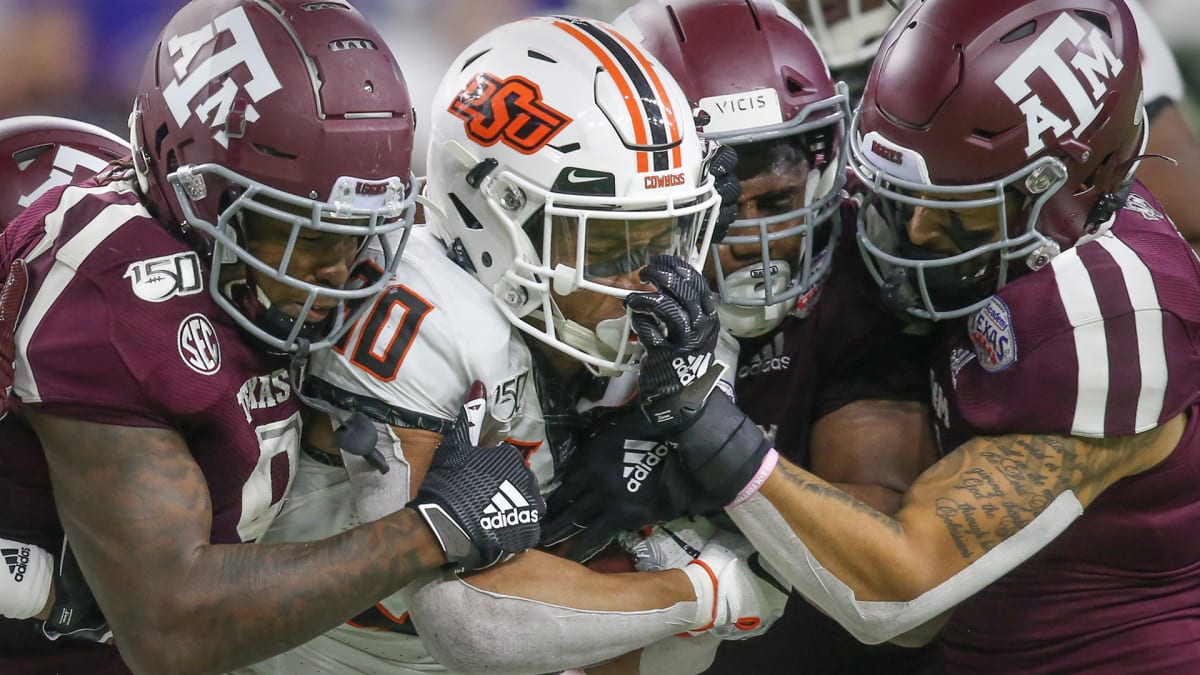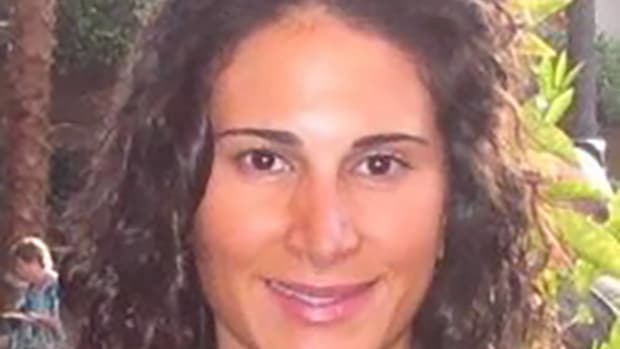
College athletes might soon enjoy pay for play, after years of debate about whether they’re entitled to it.
California’s State Assembly the lower house of the legislature, on June 1 passed a bill for players to be paid.
Specifically, beginning in the 2023-2024 school year, combined revenue produced by a school’s sports programs that tops the school’s 2021-2022 revenue will be split among athletes.
TheStreet spoke with four former college athletes to get their takes on compensation for players. They are:
- Jill Fisch, who played ice hockey at Cornell University from 1978 to 1982 and is now a professor at the University of Pennsylvania’s Carey Law School;
- Justin Gimelstob, who played tennis at UCLA from 1995-1996 and is now president of FBR Group, an estate planning firm;
- Drew Martin, who played basketball at Cornell University from 1982-1986 and is now a principal at Silicon Beach Advisors, a technology consulting firm;
- Alexis Prousis, who played tennis at Northwestern University from 2003-2007 and is now vice president for marketing at Blinkfire Analytics, a marketing and sponsorship analytics company

Drew Martin, Jill Fisch, Justin Gimelstob

Alexis Prousis
'They Should Be Compensated'
Most of them agreed that college athletes should be paid. “If a significant amount of money is made by what athletes bring to a program, they should be compensated,” Gimelstob says. “Athletes have been exploited for so long that it’s a bit absurd.”
He and Prousis said the environment created in the wake of the NCAA permitting athletes to profit off their names, images and likenesses is like the “Wild West.” So bringing a clear payment structure would be helpful.
Martin said financial compensation would have made a big difference for him. He comes from a middle-class family, with journalists for parents, and Cornell doesn’t award athletic scholarships.
To get an aid package Cornell required him to get a job. But between his studies for an engineering major and several hours a day devoted to basketball, he didn’t have time for a job. So he had to take out student loans instead. “I had no other means to pay for college,” Martin said.
Unlike the others, Fisch says the question is open whether college athletes should be paid. Universities can earn revenue on plenty of other student activities, too, such as plays and concerts, she notes. “Why not pay the oboe player?”
If payments to athletes are to be made, one big issue is how the money would be split up. In the California bill, the money would go 50% to men and 50% to women. Then it would be directed equally among players in programs that produce revenue over the prior year’s level, after subtracting the cost of scholarships.
What’s Fair Market Value for College Athletes?
The idea is to pay athletes based on their “fair market value,” according to the bill’s sponsors. Once athletes in revenue-generating sports have been paid, schools could decide for themselves how to apportion leftover money in the men’s or women’s pools.
Gimelstob and Prousis like the idea of fair market value. “Compensation should directly correlate to value: what players are bringing to the creation of value,” Gimelstob said.
Of course it’s tricky to define fair market value. Prousis says an athlete’s social media following could be part of it.
All the athletes are concerned that less prominent sports programs, such as tennis and volleyball, could suffer if athletes are paid. That’s because excess revenue from football and basketball is now often used to support sports that have little revenue.
“For a lot of these programs holding in the balance, paying athletes might hasten their closure,” Martin said.
Most of the athletes agree that some sort of payment plan is coming, whether starting in California or somewhere else. And they say it will spread across the country, much like the name-image-likeness phenomenon did after originating in California.
Without payments programs nationally and assuming California is first with such a program, the state's schools would have an advantage in recruiting. “You have to level the playing field,” Martin said.







